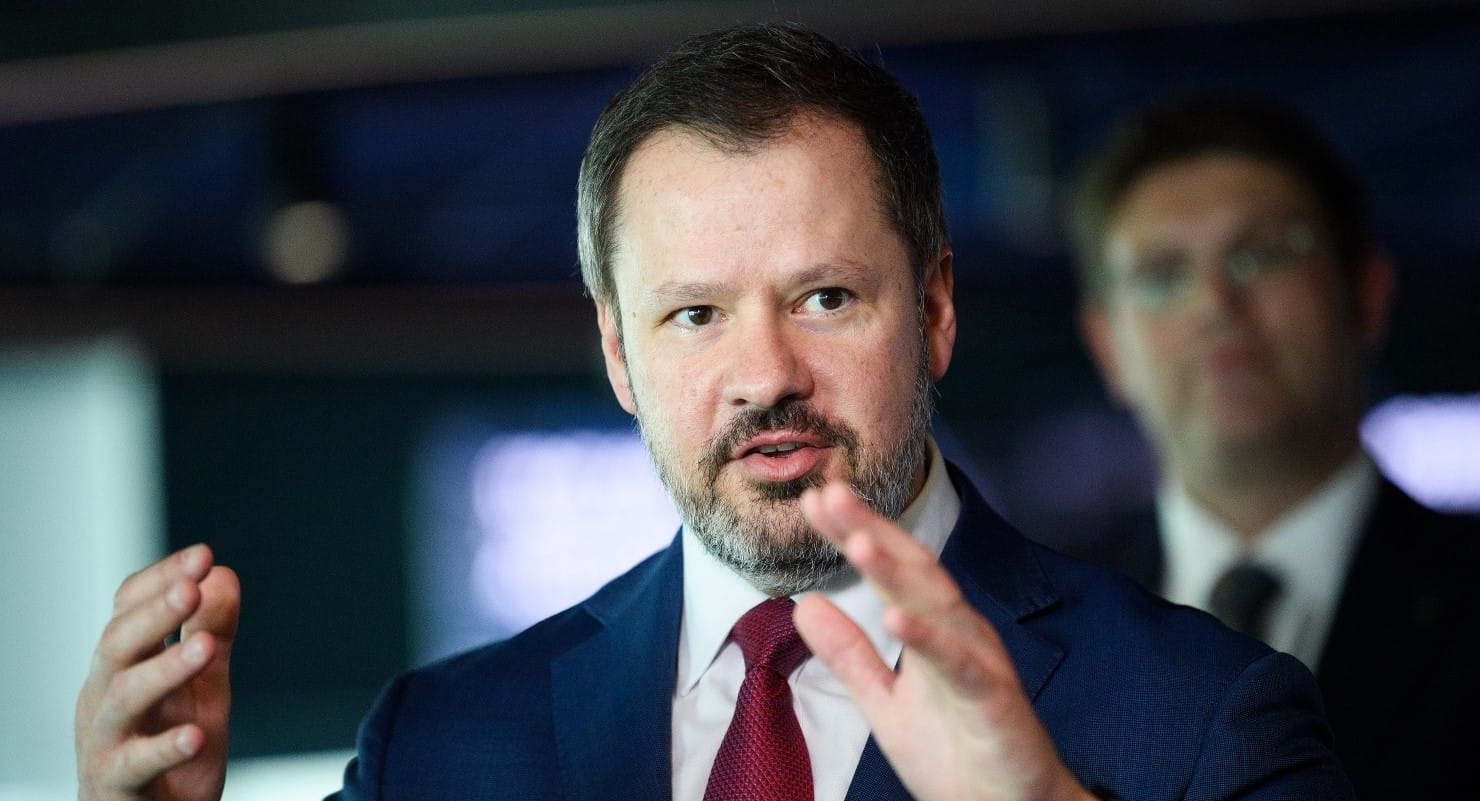Federal Minister for Industry and Science Ed Husic recently found himself at the center of a familiar debate in Australian economic circles. The topic? Company tax cuts. Despite a mountain of evidence suggesting otherwise, the notion of reducing company tax rates continues to resurface, often championed by business luminaries, lobby groups, and politicians alike.
Husic’s recent comments on the matter have stirred the pot once again. He suggested that either through corporate tax reform or investment allowances, long-term strategies need to be considered to boost manufacturing investment. This statement was quickly seized upon by business spokespeople, leading to discussions of a potential cabinet split on the issue.
Investment Trends and Data Centres
Interestingly, while the debate rages on, recent data from the Australian Bureau of Statistics paints a different picture. Investment in Australia rose by 1% in the March quarter, marking a 5.5% increase over the year. Transport and logistics saw significant growth, but the standout performer was the data centre sector, which experienced a staggering 60.6% rise in investments.
This surge in data centre investment is expected to continue, driven by increasing demand from AI and other data-intensive businesses. Companies like NEXTDC and Macquarie Technology are leading the charge, raising substantial capital and planning expansions both domestically and internationally. Unlisted companies like Air Trunk are also contributing to this growth, with significant investments in new centres and equipment.
Major tech giants such as Amazon (AWS), Microsoft (Azure), and Nvidia are also playing a crucial role in this expansion, further fueling the demand for data capacity deals. This trend is helping to offset weakening investment from traditional sectors like mining.
Building for the Future
The rise in data centre investments has also positively impacted the construction sector. While investment in new buildings and structures fell by 0.9% in the quarter due to declines in mining investment, the need for facilities to house data centre equipment is providing a much-needed boost.
Shane Oliver from AMP highlighted that this surge in investment will likely lead to an increase in imports, particularly non-mining equipment. However, these imports are seen as beneficial, contributing to productivity growth and supporting GDP.
In summary, while some continue to advocate for company tax cuts as the best way to invest and stimulate economic growth, recent trends suggest that current strategies are already yielding positive results. The rise in data centre investments and the broader services sector’s contribution to overall investment indicate that Australia is on a promising path, driven by innovation and technological advancements.





